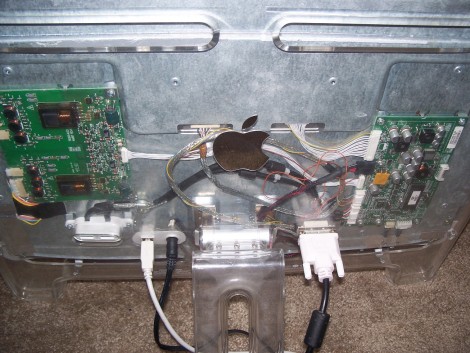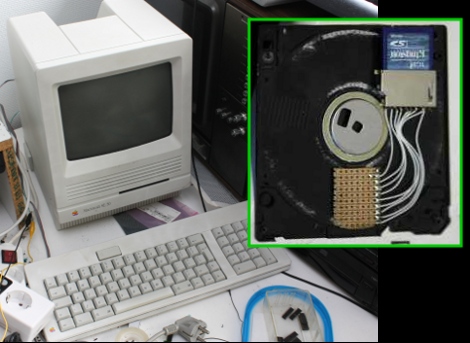Full of video and audio sensors, the newly released Kinect is Microsoft’s answer to Nintendo’s Wii MotionPlus and Sony’s PlayStation Move. Now there is money up for grabs to hack it. Adafruit is offering up a one thousand dollar prize to open source the driver for the Kinect. What do they want this driver to do? They want RGB and distance values. We’re excited to see the hacks that will come around because of this product, and now that prize money is involved, everything has been turned up a notch.
Update: The bounty has been raised to $2000 after a Microsoft response to CNET:
But Microsoft isn’t taking kindly to the bounty offer. “Microsoft does not condone the modification of its products,” a company spokesperson told CNET. “With Kinect, Microsoft built in numerous hardware and software safeguards designed to reduce the chances of product tampering. Microsoft will continue to make advances in these types of safeguards and work closely with law enforcement and product safety groups to keep Kinect tamper-resistant.”
Update: Progress toward a driver
Update: Winner of the Open Source Kinect contest


















